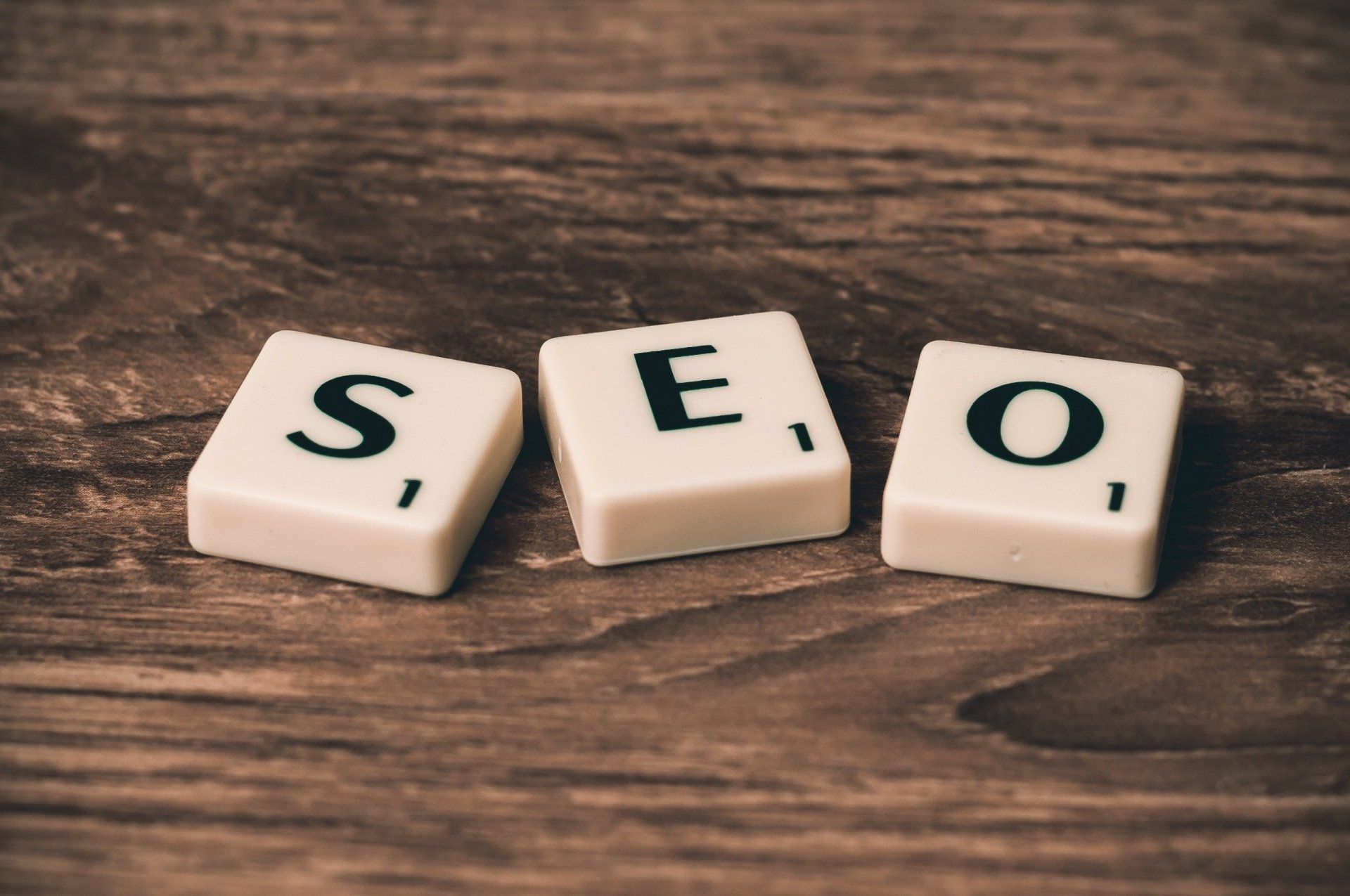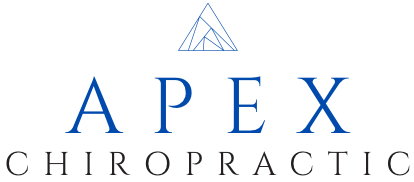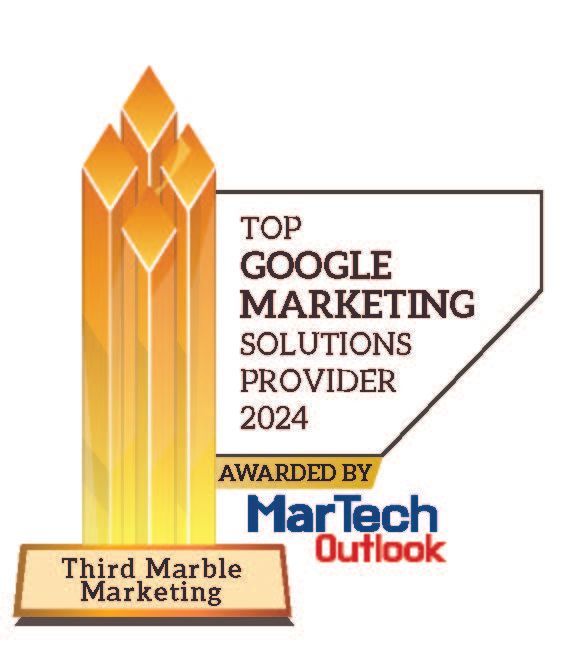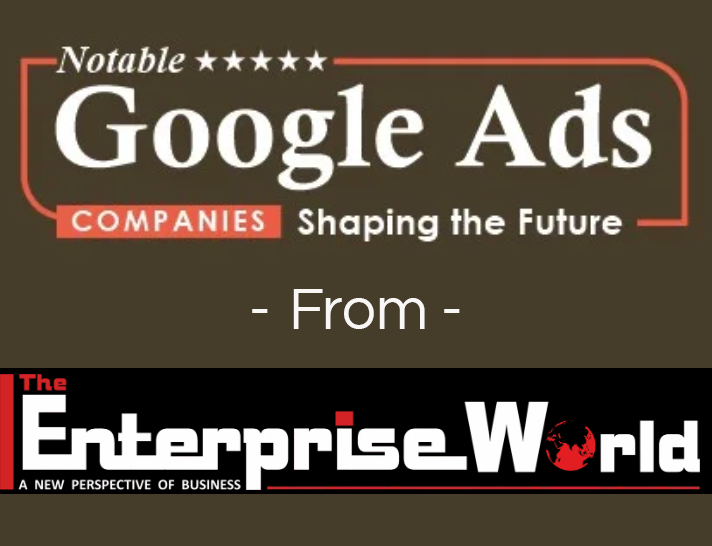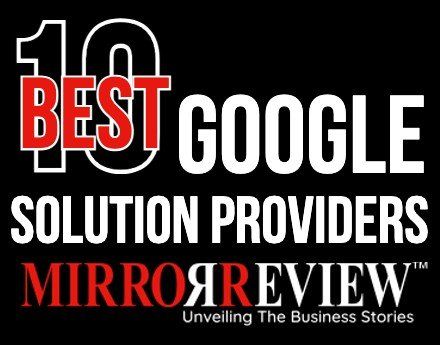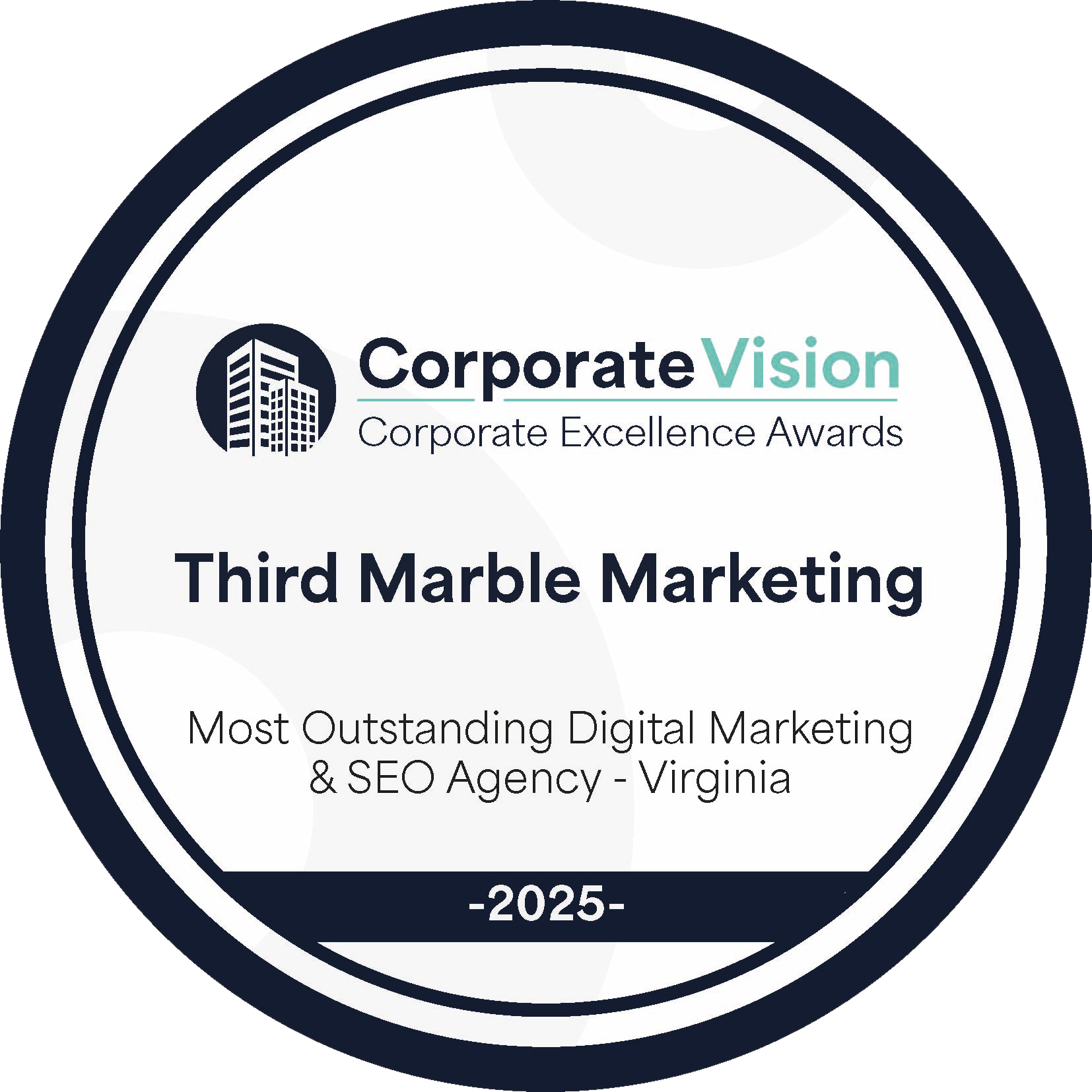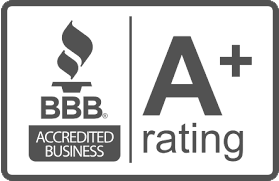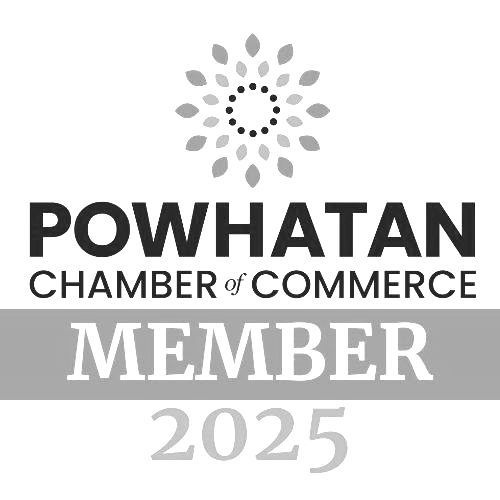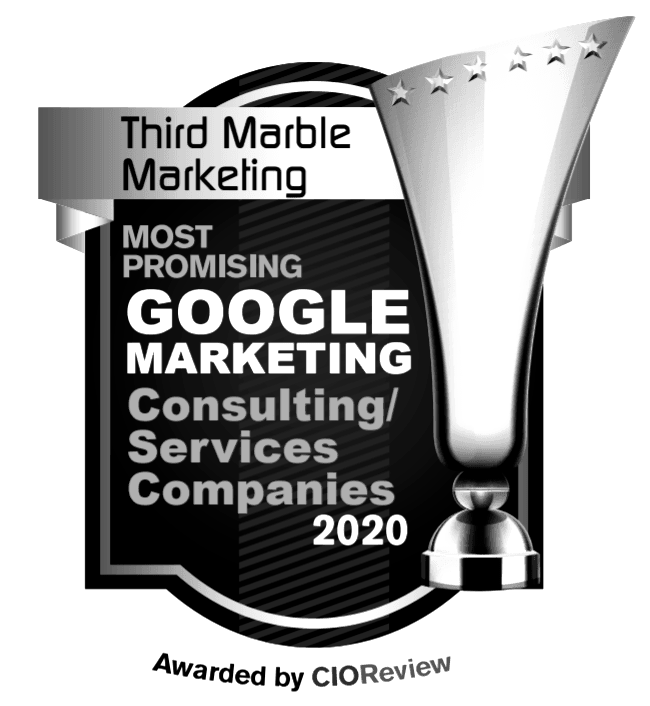Is Professional Management of Google Local Service Ads Worth It?
Is It Worth Paying for Professional Management of your Google Local Service Ads (LSA)? Probably Not…
The newest service for most PPC Management companies is “managing” your Google Local Service Ads (LSA) or at least getting you to add them to your current services. As a Google Ads management company, the big question is, what are they charging for?
In this piece, we’ll explain the difference between LSA and Search Ads … the former requires management effort from you as the business owner, and the latter requires regular optimization and can be better managed by a third-party agency. In our research, the current trend is for larger companies to pay agencies $1,500 per month or more to manage their LSA campaigns.
But what exactly are you paying for a management company to do?
What Are Google Local Service Ads?
LSA: The most significant difference is that Local Services Ads are a pay-per-lead, not a pay-per-click form of advertising. They promote your business on Google and deliver your leads directly via phone and text inquiries through the platform, not your website.
Inside the LSA platform, you can reply to messages, track bookings, dispute bad leads, and manage all your inquiries online with the mobile app to communicate with prospects and customers anytime.
LSA Ads have a higher booking rate because they come with a Google Guarantee, indicating that you have been through their background check and stamped with their seal of approval. They populate ahead of the Search Ads and Organic Results at the top of the screen. For example, when a potential customer searches for “Denver plumber,” the businesses running Local Service Ads appear at the top of the search results as tiles you can click on.
When a searcher turns into a lead by sending a message or calling, your job is to convert that lead into a customer.
Your payoffs:
- Increased visibility to potential customers.
- Improve your credibility by being a Google Guaranteed business.
- You pay only when a lead calls, books, or messages you directly through your ad.
- You pay per lead, not per click, an important distinction.
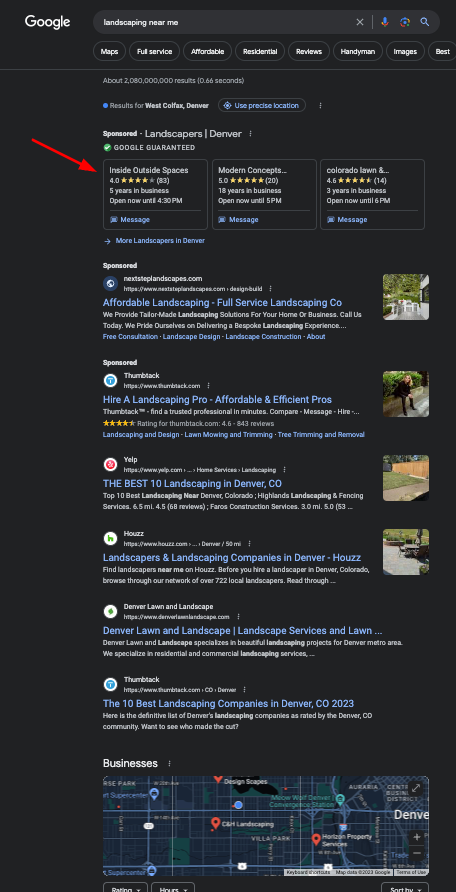
How To Setup LSA Ads
Keep in mind LSA ads aren’t for everyone, currently only certain industries can take advantage of these kinds of ads. In the beginning of LSA ads it was mostly home services, finance, law and real estate that could set them up. Recently Google added on some education, wellness, pet care and human services.


If your business falls into one of these categories and you're ready to start LSA Ads, you can start here to see if your business is eligible.
How to Optimize LSA Ads
We've dabbled in Local Service Ads on behalf of some of our clients, and here's what we've discovered. After the initial setup of your LSA account - there is little to optimize, unlike traditional Google Search Ads. It falls on the person navigating the leads to keep your ads performing. You can improve your ads performance by the following:
- Increase your budget if you want more leads. By increasing your budget, you're signaling to Google that you're ready for more.
- Increase your service area if you're struggling to get leads and not spending your budget.
- Be sure you've selected every service option relevant to your business. (This is where a management company could come in handy - sometimes, services hide in different verticals you wouldn't think to look in.)
- Manage your leads. Managing your leads is the most important thing you can do to improve your ads performance (and something an agency likely can't do for you).
- Responding to 80% or more of the leads to show Google you're keeping happy clients and actively engaging with the leads they're sending your way. '
- Request for a review from customers who booked jobs through the platform. More positive reviews mean happy customers, which means Google shows your ads more.
- Managing your leads is the most important way to optimize your ads - google wants to see you actively engaging with leads; if you don't, it won't show your ads as often.
The initial setup requires your participation as the advertiser. That said, the setup is pretty straightforward, and ongoing maintenance and management require active participation from the business. Unlike Search or other Google Ads, there are limited adjustments that need regular ongoing technical optimizations.
Which leads us to question, what are folks paying for to have a company manage these ads? Honestly, we're not sure.
Interested in running LSA Ads but want guidance on managing your account? Third Marble Marketing can help! While we don't see a way to ethically charge you to manage your ads when it all falls on you, we came up with a way to help. Our Local Service Ads Management Training Help Session gives you one-on-one training with one of our experts.
Want to Dominate Page One of Google?
If you're ready to dominate page one of Google, you could combine LSA Ads, Search Ads, and Local SEO into your marketing plans. Showing up in three different places on the page gives you additional opportunities to get a searcher's attention. Whether they notice you're on the page three times or one placement, in particular, jumps out at them, you're seriously increasing your odds of getting that click.
Check out our Local Search Engine Optimization Pricing and our Google Ads Management Pricing to see how we can help you dominate page one of Google.
Your LSAs give users what they want. In response to their searches, you want to be at the top of the list quickly. Local Service Ads attract leads ready to become paying customers, making them a highly cost-effective, efficient, and successful game plan to market your business locally.
The initial setup and optimization require your participation as the advertiser. The setup is easy, and your sales team should handle the ongoing management. Unlike Google Search Ads, there are limited adjustments that need regular ongoing attention. Small businesses usually enjoy affordable lead generation with minimal management time commitment.
Next Step: We understand that navigating Google products, including LSAs, can be frustrating. That's why our team is now offering one-on-one help sessions to help you get more business from Google. Ready to start Local Service Ads or reconsider your current approach?
Click here and let us show you how to manage LSAs on your own.
Third Marble Marketing - Google Ads & SEO Tips, Tricks and Case Studies




